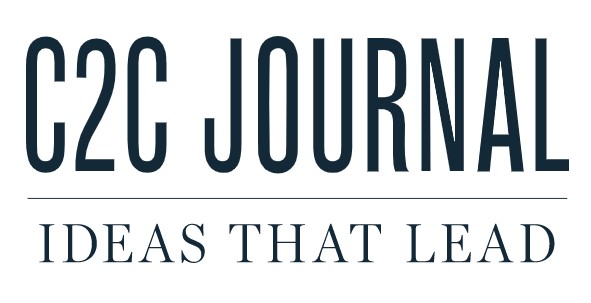Premier Ed Stelmach announced Thursday the northeast leg of Calgary’s ring road will be completed by fall of 2009 under a $930-million public-private partnership — a funding model he said his government will analyze for myriad other capital projects.
But the move immediately came under fire from opposition parties, which argue P3s amount to longterm debt and will handcuff governments for decades to come — at a time when multibillion-dollar surpluses are stuffing provincial coffers.
The Alberta government has signed a 30-year deal worth about $930 million with a consortium — dubbed the Stoney Trail Group — which will design, build, maintain, operate and partially finance Stoney Trail expansion from Deerfoot Trail N.E. to 17th Avenue S.E.
The government will continue to own the road after the deal expires.
Stelmach said a P3 for the ring road is the best option, as the price tag for the project under traditional government procurement methods is estimated at between $1 billion and $1.1 billion in 2007 dollars.
“The government is entering this partnership because it makes sense,” Stelmach told reporters at Calgary’s McDougall Centre.
“It makes sense from a business perspective for the taxpayers of Alberta and it is a great improvement on Calgary’s transportation network.”
The provincial government will pay $300 million up front, and then make payments of $21 million per year over 30 years to the private group — totaling about $930 million.
The province insists the agreement amounts to $650 million in today’s dollars.
Asked if the funding deal with the private sector should be considered new government debt, Stelmach said: “It is a liability, obviously. We show that in our books.”
But Infrastructure Minister Luke Ouellette said the government is poised to save more than $300 million by signing at a fixed rate, rather than facing inflationary construction and maintenance cost pressures over the life of the project.
Government officials, however, were unable to offer a detailed breakdown of exactly where and how much the savings will be.
The announcement comes only days after government officials said the provincial surplus is pegged at $6.5 billion in the fiscal third-quarter update scheduled for the end of the month.
Alberta Liberal infrastructure critic Harry Chase scoffed at the ring road P3 deal and the government’s desire to pursue similar funding models for other capital projects, including schools.
He said a responsible government should follow a pay-as-you-go approach financed with public dollars, rather than “a mortgage for 30 years into the future.”
“The idea of a politician making a promise now when they won’t be around in 30 years — it’s politics of convenience,” Chase said. “This simply hides the debt. It hides the debt into private borrowing.”
Yet, Stelmach said crippling inflationary pressures on labour and construction materials are forcing his government to eye alternative funding schemes for badly needed capital projects, including Calgary schools.
He said he’s open to employing more P3 deals to build the schools more quickly, as well as possibly allowing school boards to borrow money to help meet their infrastructure requirements.
“They may research all options and bring them forward to government caucus for further review and support,” Stelmach said.
Calgary’s Catholic School District believes P3s will lead to the “tail wagging the dog.”
Mike Barbero, superintendent of support services, said Thursday: “For us, the bottom line is that it’s bad public policy. There’s all kinds of things we’re concerned about.”
Barbero said the province would be better off borrowing the money to build new schools instead of partnering with business.
“The question we have at the end of 20 years is . . . who owns the school?” said Barbero.
“It’s a quick fix, but what we want to know is what are the long-term implications?”
The Stoney Trail expansion will be the government’s second venture into using a P3 for a highway.
It followed such a model for the 11-kilometre southeast leg of Anthony Henday Drive in Edmonton, a project that was initially pegged at $300 million, but soared to around $500 million in 2005 dollars. Total project costs will amount to nearly $1 billion.
Opposition parties charged that government documents proved public financing was the less expensive and more attractive option in Edmonton.
Construction on the Stoney Trail project is slated to begin in April and be open to motorists in October 2009. The project will see 21 kilometres of four- and six-lane free-flowing roadway.
The government contends the P3 deal with one consortium will complete the project two years earlier than under traditional methods, which would see the province negotiate several, time-consuming tenders for various aspects of the project.
Meanwhile, construction on the southwest leg of the ring road through the Tsuu T’ina reserve could be delayed for years, as an appraisal of the reserve land and negotiations with the federal and provincial governments still need to be completed.
Regardless, Mayor Dave Bronconnier hailed Thursday’s announcement as a significant step in improving Calgary’s transportation network and reducing volume on Deerfoot Trail — which sees more than 160,000 vehicle trips each day.
“It means that commuters and truck traffic alike will have a viable alternative to Deerfoot Trail, at the same time easing congestion,” Bronconnier said.
The Stoney Trail Group, which will build the northeast section of the ring road, features a handful of major partners including Bilfinger Berger BOT Inc. — an Ontario-based company.


